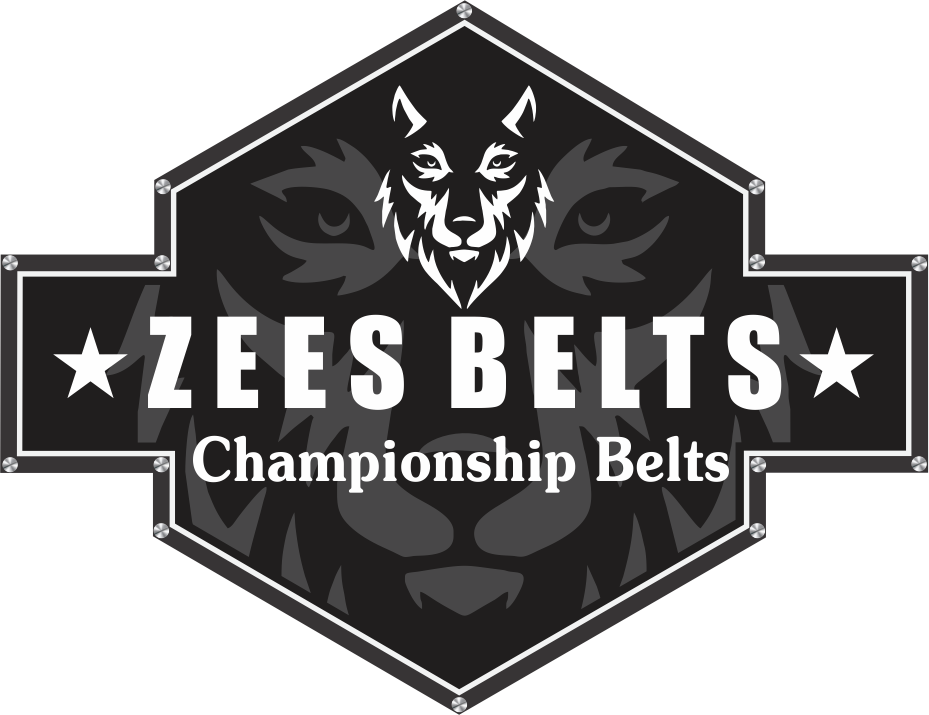The World Wrestling Federation (WWF), which is now called WWE (World Wrestling Entertainment) has been the leading professional wrestling organization for years. But they don’t just give out championship belts – these belts represent wrestling supremacy and achievement in the sport. This article explores the history, significance and development of WWF titles to give fans a better understanding of what those straps mean to pro-wrestling as a whole.
Significance of Historical WWF Titles
Throughout its tenure, some titles introduced by WWF have become iconic symbols within the wider wrestling community. Every championship holds its own special history with different holders who have had them at some points during their careers – from The Undertaker to Triple H. These championships not only define careers but also act as cornerstones for some of the most memorable storylines ever witnessed in sports entertainment.
Design and Prestige of WWF Championship Belts
The design of a WWF championship belt is equally if not more important than the title itself. Each belt is intricately designed with attention to detail showing how it stands out among all other titles. These designs changed over time blending modern aesthetics while still retaining traditional or past success represented by certain symbols on them e.g., an eagle means world heavyweight champion while intercontinental has globe representing worldwide excellence in wrestling.
Iconic WWF Champions
One glance down any list will make clear pretty quickly that you couldn’t be considered someone who matters in pro-wrestling history without having held at least oneWWF title during your career. Hulk Hogan Bret “the Hitman” Hart Shawn Michaels Stone Cold Steve Austin – these are names that read like an all-star cast for any other sport or movie but here they’re just a few examples out of many legends whose runs atop this company would cement each man’s status forever amongst greatest-ever within our industry .
WWF Titles and Wrestling Storylines
Wwf championships were never far away from wwe storylines at any point in time. In fact some of the most memorable moments in wrestling history have involved matches for these belts at flagship events such as wrestlemania . Neither should emotional investment necessary to achieve greatness within professional wrestling be overlooked or underestimated – these people literally put their bodies on line every night! Its no surprise then that pursuit of a WWF title has always been used to justify incredible feats physicality and athleticism unseen anywhere else.
The Evolution of WWF Titles
With the change from WWF to WWE also came changes in belts both how they looked and what they represented . For instance new championship titles were introduced supposed to reflect different types of talent seen across this company while still paying tribute back towards its origins. But despite all this there’s still something about those old school original world heavyweight championships that just makes them feel special like no other belt can ever again!
Collecting WWF Championship Belts
For many fans who grew up watching pro-wrestling owning your own replica ww fchampionship belt is almost considered a rite passage into adulthood. These replicas are sought after not just because they represent craftsmanship but also function as tangible reminders triumphs rivalries and pure fun provided by WWWF over the past decades.
Conclusion
The WWF belts represent the highest level of professional wrestling achievement. In other words, they are a visible sign to all observers that some wrestlers have worked hard in the ring. A wrestler can become the best in their field by any means necessary; this is “the end justifies the means”. WWE never stops making heroes or inventing storylines but also never forgets its past successes which already became legends themselves. These titles continue on as a living legacy because even though many years have gone by since their establishment people still love pro wrestling with all its ups and downs. Awards such as these mean different things for fans, performers or collectors at different stages – but each one considers them valuable treasures representing history in this exciting emotional sport
